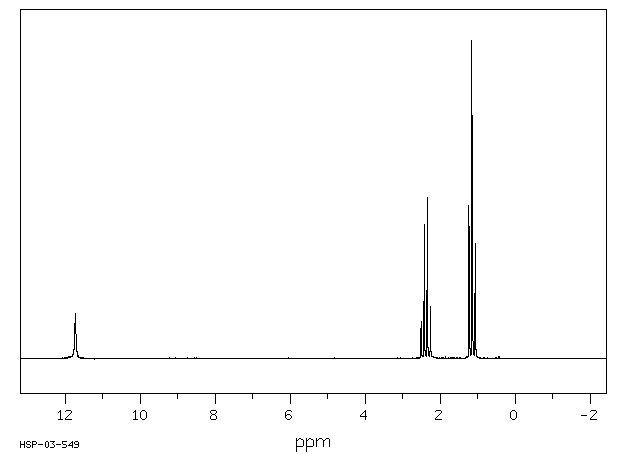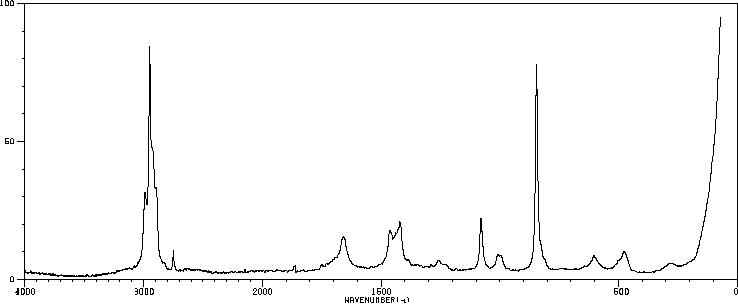代谢
丙酸首先转化为丙酰辅酶A(丙酰-CoA),然而,它直接进入β氧化或柠檬酸循环。由于丙酸有三个碳原子,丙酰-CoA。在大多数脊椎动物中,丙酰-CoA被羧化为D-甲基丙二酰-CoA,然后异构化为L-甲基丙二酰-CoA。一种依赖维生素B12的酶催化L-甲基丙二酰-CoA重排为琥珀酰-CoA,然后可以作为柠檬酸循环的底物使用。
Propionic acid is first converted to propionyl coenzyme A (propionyl-CoA), however, it directly enter either beta oxidation or the citric acid cycles. As propionic acid has three carbons, propionyl-CoA. In the majority of vertebrates, propionyl-CoA is carboxylated to D-methylmalonyl-CoA, which is then isomerised to L-methylmalonyl-CoA. A vitamin B12-dependent enzyme catalyzes rearrangement of L-methylmalonyl-CoA to succinyl-CoA, which can then be used as a substrate in the citric acid cycle.
来源:DrugBank











